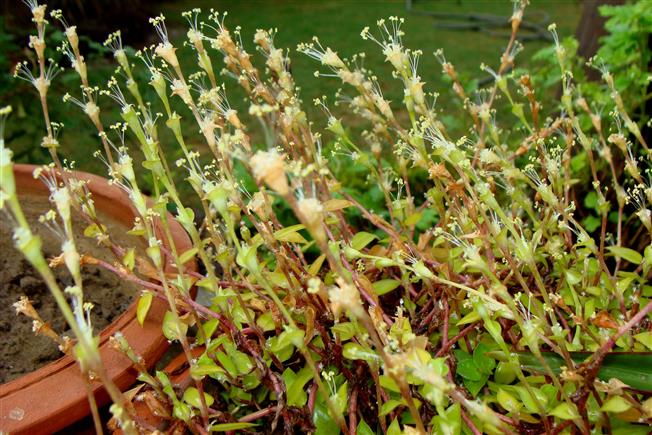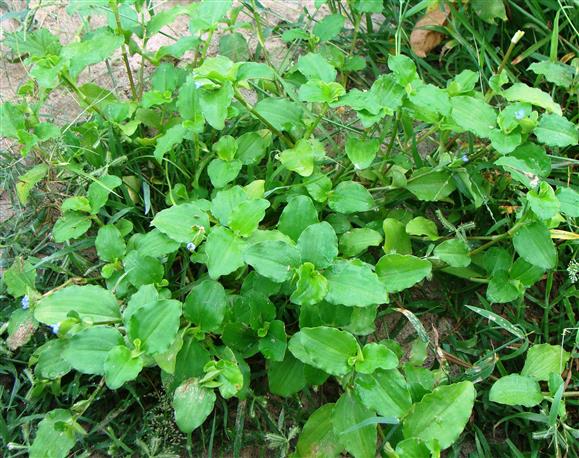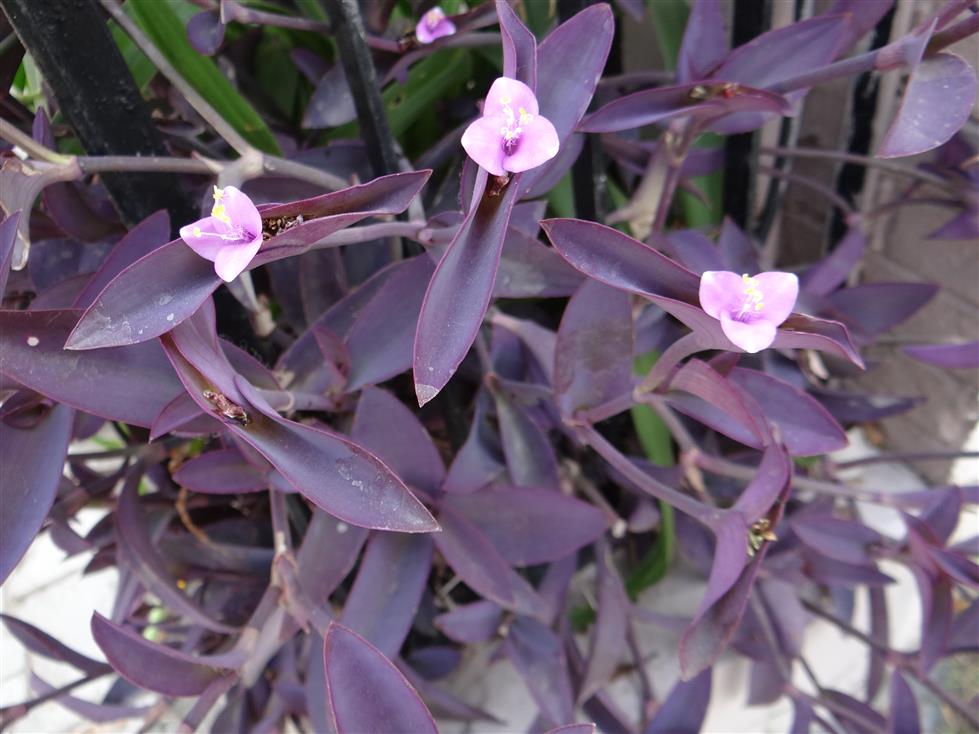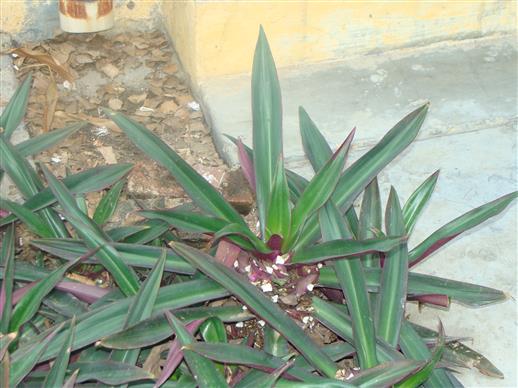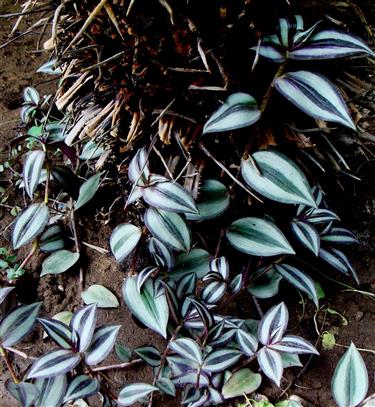COMMELINACEAE
Annual or perennial herbs, sometimes woody at base. Stems with prominent nodes and internodes. Leaves basal or cauline, alternate, distichous or spirally arranged; sheaths prominent, mostly closed; blades simple, often succulent, margins entire, venation parallel. Inflorescences terminal, axillary or both, sometimes leaf-opposed, cymose (scorpoid cymes), thyrsiform or mostly condensed cymes, often subtended by involucral bracts or cymbiform (keeled) spathes. Flowers usually bisexual, sometimes polygamous or cleistogamous, 3-merous, actinomorphic or zygomorphic, mostly white, blue or pinkish. Perianth 2-seriate; outer 3 sepaloid, free, green to whitish, often boat-shaped, sometimes membranous, often persistent; inner 3 petaloid, one often larger than other 2, free or connate below, mostly ovate, ephemeral, deliquescent or deciduous. Stamens 6, in 2 whorls, all fertile or sometimes 2-4 reduced to staminodes, free, epipetalous or adnate to petal bases; filaments often villous; anthers bithecous, often dissimilar, with broad or narrow connectives, dehiscence longitudinal, rarely by basal pores. Pistil tricarpellary, syncarpous, ovary 2-3 locular, 1-many orthotropous ovules on axile placentas; style simple, terminal; stigma capitate or 3- fid. Fruit a loculicidal 2-3-valved capsule, rarely baccate, indehiscent, sometimes capsules enclosed by fleshy sepals. Seeds 1-many per loculus, usually large, angular, arillate, muricate, ridged or reticulate, hilum orbicular or linear; endosperm copious.
About 36 genera and about 730 species
